Introduction to Mahakal

Mahakal, often revered as a primordial figure in Hindu mythology, represents one of the most profound aspects of Lord Shiva. The name Mahakal translates to the “Great Time” or “Lord of Time,” highlighting his dominion over the temporal world. Within the context of Hindu theological discourse, Mahakal epitomizes the ultimate reality, transcendent of time and space, thus signifying the cycle of creation, preservation, and destruction.
Primarily associated with Lord Shiva, Mahakal is a potent incarnation that embodies the relentless and all-consuming nature of time. In ancient Hindu scriptures, including the Mahabharata and the Shiva Purana, Mahakal is frequently depicted as an omnipotent and omnipresent force. These ancient texts narrate tales of his boundless power and eternal essence, thereby establishing his formidable presence in the Hindu pantheon.
In religious practices, Mahakal is venerated with immense devotion and reverence. Pilgrims and devotees flock to sacred temples such as the Mahakaleshwar Jyotirlinga in Ujjain, one of the twelve Jyotirlingas in India, to offer their prayers and seek his blessings. This spiritual fervor is indicative of the profound faith that followers place in Mahakal’s divine abilities to govern the cosmic order.
Across different spiritual traditions, Mahakal is acknowledged as a symbol of ultimate destruction that precedes renewal. He is not merely an end but a necessary precursor to a new beginning. This cyclical concept of time and transformation is a cornerstone of Hindu philosophy, illustrating Mahakal’s integral role within it. Consequently, Mahakal’s significance transcends mere mythology, embedding itself deeply into the spiritual consciousness and cultural fabric of Hindu practices.
Symbolism and Attributes of Mahakal
Mahakal, often revered as a powerful manifestation of Lord Shiva, embodies the principles of timelessness and transcendence over mortality. This formidable deity is deeply enriched with a plethora of symbolic attributes that convey profound metaphysical meanings. Each element associated with Mahakal is meticulously chosen to represent his boundless authority over the cosmos and his inherent role as a destroyer of ignorance and illusion.
The trident, or Trishula, held by Mahakal, is a paramount symbol that represents the trinity of creation, preservation, and destruction. The three prongs signify Lord Shiva’s dominion over the physical, emotional, and spiritual planes, illustrating his balanced control over all aspects of existence. This potent weapon serves not only as a tool of destruction but also as an emblem of protection and righteousness.
Mahakal’s third eye, positioned on the forehead, is a symbol of enlightenment and the ability to perceive beyond ordinary vision. This all-seeing eye underscores his profound wisdom and insight, enabling him to discern truth from illusion. When opened, the third eye unleashes divine energy potent enough to obliterate evil and ignorance in an instant, reaffirming Mahakal’s role as the ultimate purifier.
The garland of skulls adorning Mahakal serves as a stark reminder of the impermanence of life and the cycle of death and rebirth. This garland symbolizes his mastery over death, asserting that every soul must ultimately return to its divine source. It also hints at the concept of Moksha, or ultimate liberation, signifying the release from the continuous loop of birth and death through the dissolution of karma and ego.
Through these powerful symbols and attributes, Mahakal conveys his immeasurable strength and dominion over cosmic order and chaos. His role is not merely that of a destroyer but fundamentally that of a transformer, guiding devotees toward self-realization and spiritual awakening. These depictions highlight his pivotal function in dissolving the ignorance that binds individuals to worldly illusions, thus steering them towards the path of ultimate liberation.
Mythological Stories and Legends
Mahakal, an incarnation of Lord Shiva, is deeply rooted in numerous mythological stories that exude his unparalleled power and significance. Among the most renowned tales is the story of Mahakal vanquishing the demon Dushan, who caused immense suffering and chaos. Mahakal manifested from a fiery lingam to protect his devotees and, in an epic confrontation, annihilated Dushan, epitomizing his supreme power over destructive forces.
Another significant legend is Mahakal’s role in the cosmic dance of destruction, known as Tandava. It is believed that during the Tandava, an intense and vigorous dance, Mahakal destroys the universe, symbolizing the cycle of destruction and creation. This dance underscores his control over time, death, and the cosmos. As the ultimate timekeeper, Mahakal’s presence ensures order and balance within the universe.
Further illustrating his dominion over time and mortality is the story of Sati, Shiva’s consort, who immolated herself due to an insult from her father. In his sorrow, Shiva transformed into Mahakal, roaming the universe with Sati’s body, causing immense catastrophic events. In this state, Mahakal transcended all dimensions, embodying destruction and creation together, until Vishnu intervened, highlighting the balance Mahakal maintains in the cosmic order.
These legends reflect Mahakal’s supreme authority over both tangible and intangible realms. His depictions as the vanquisher of negative forces and his role in the cosmic dance of destruction reinforce his image as a powerful deity who governs time and death. Consequently, Mahakal’s portrayal in these tales significantly strengthens his powerful image among devotees, embodying their faith in his capability to protect and maintain universal harmony.
Mahakal in Contemporary Belief and Practices
The worship of Mahakal retains substantial influence in contemporary Hindu practices, resonating profoundly with the followers. Central to this devotion is the Mahakaleshwar Temple in Ujjain, one of the twelve revered Jyotirlingas in India. This temple is not just a site of architectural grandeur but also a pivotal pilgrimage destination that attracts thousands of devotees annually. The rituals at Mahakaleshwar, particularly the Bhasma Aarti performed at dawn using ash from a funeral pyre, embody its unique spiritual significance. This ancient ceremony underscores Mahakal’s association with life, death, and rebirth, reinforcing beliefs about his boundless power and protective nature.
The devotion to Mahakal is further amplified during festivals like Mahashivaratri, when the temple experiences a surge of worshippers engaging in night-long vigils and elaborate poojas. These religious observances emphasize Mahakal’s role as a guardian deity, fostering a sense of spiritual protection among devotees. During these festivals, the temple precincts transform into a vibrant hub of faith, adorned with lights and echoes of chantings and hymns, reflecting the deep-rooted cultural and religious enthusiasm for Mahakal.
Beyond the physical worship at temples, the influence of Mahakal extends to contemporary cultural practices. Many individuals incorporate daily rituals and prayers dedicated to Mahakal within their personal spiritual routines. This devotion often translates into psychological resilience and a sense of inner peace, as believers find solace and strength in the protective aura of Mahakal. Stories of divine interventions and miracles attributed to Mahakal continue to circulate, bolstering the perception of his omnipotent force in the modern believer’s life.
In essence, the veneration of Mahakal transcends mere ritualistic practice; it signifies an enduring commitment to a spiritual force that is both transcendent and profoundly personal. The continuous flow of devotees to Mahakal temples and the integration of his worship into daily lives highlight why Mahakal remains a powerful figure in contemporary belief systems. His perceived guidance and protection provide both psychological comfort and spiritual upliftment to countless individuals in the modern world.

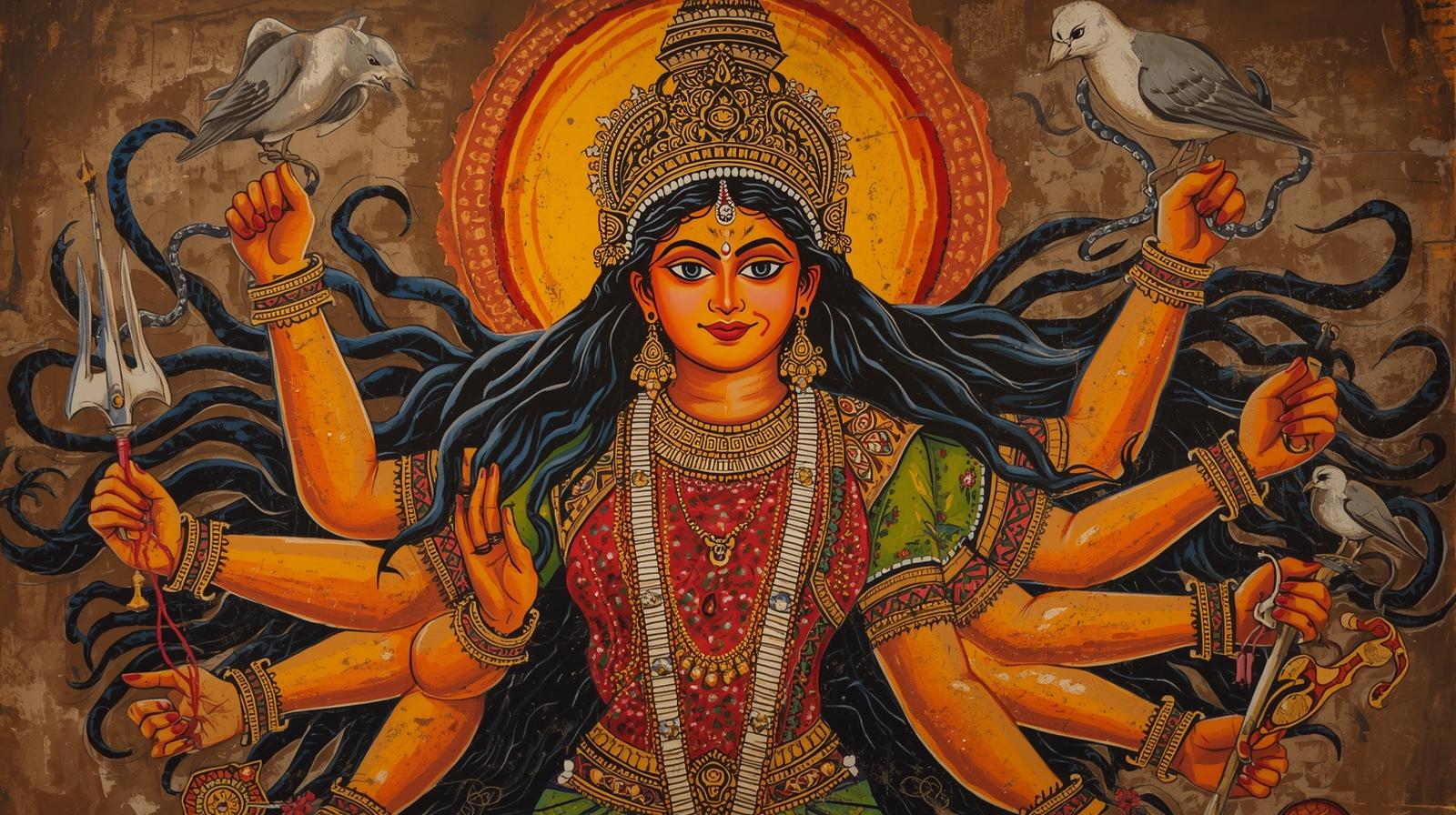

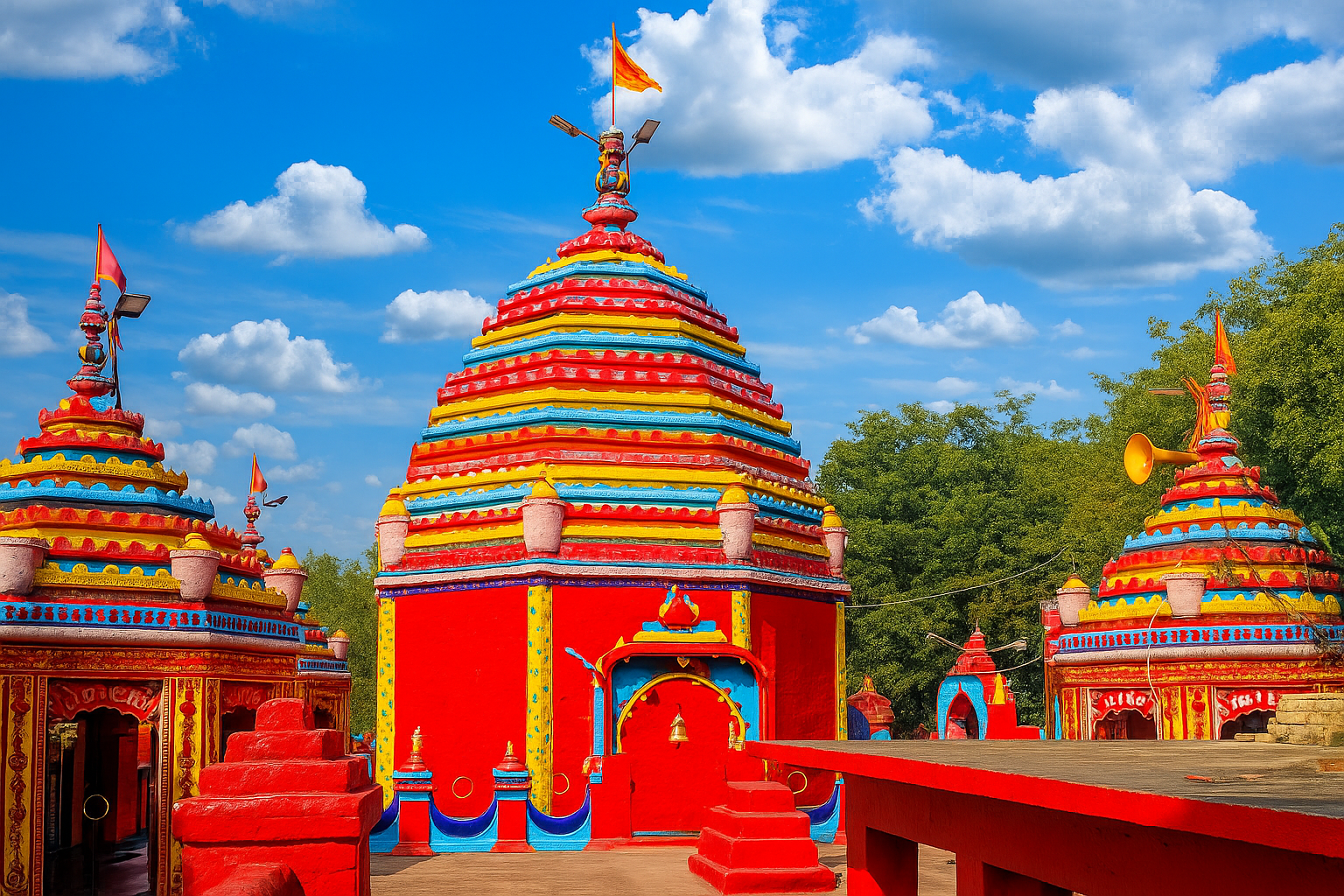
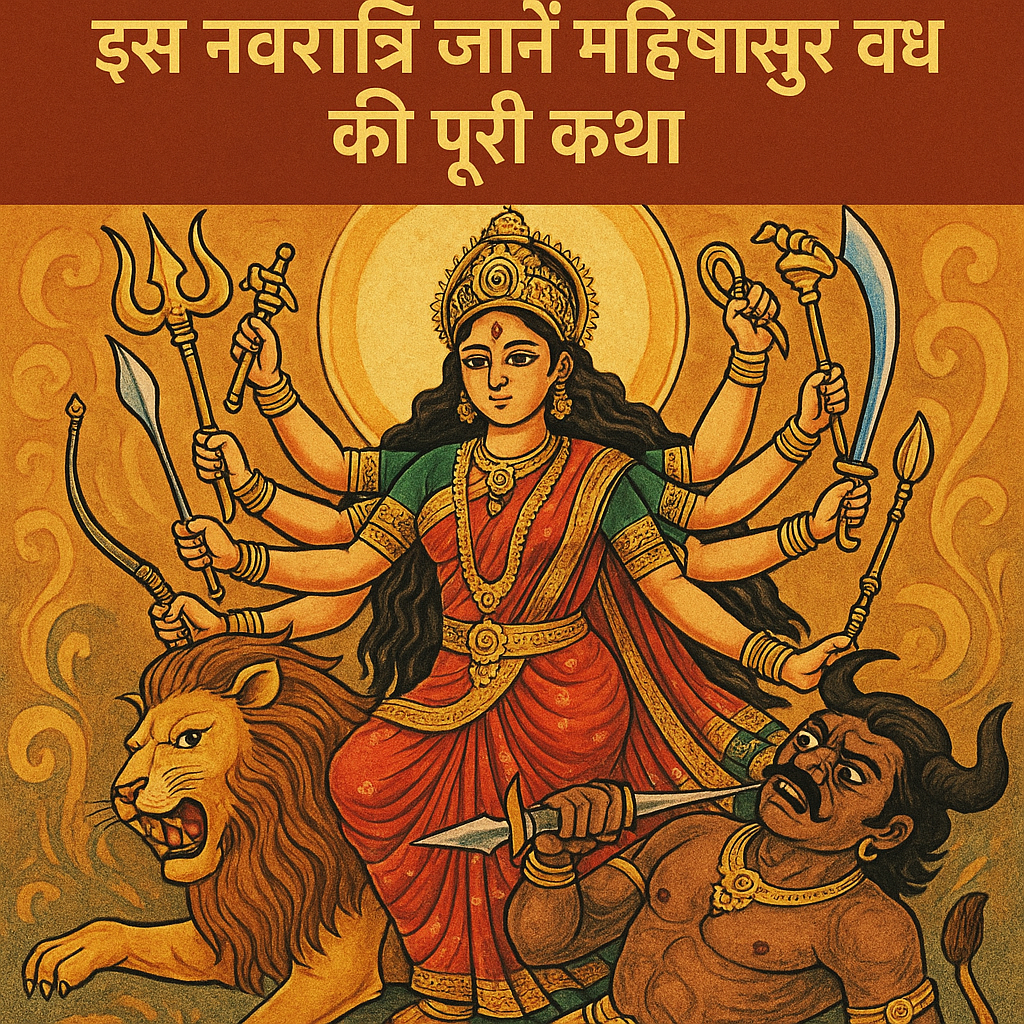
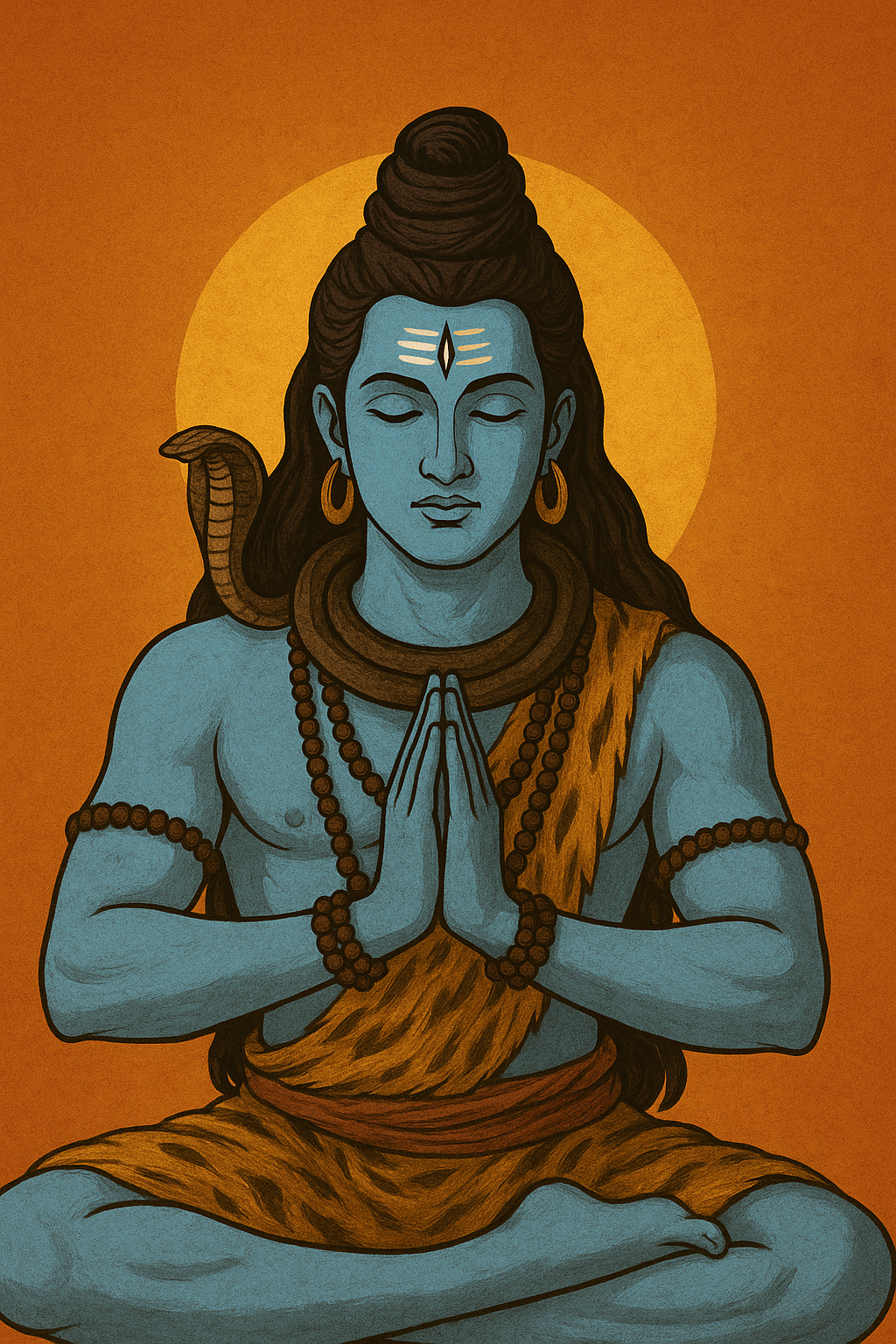
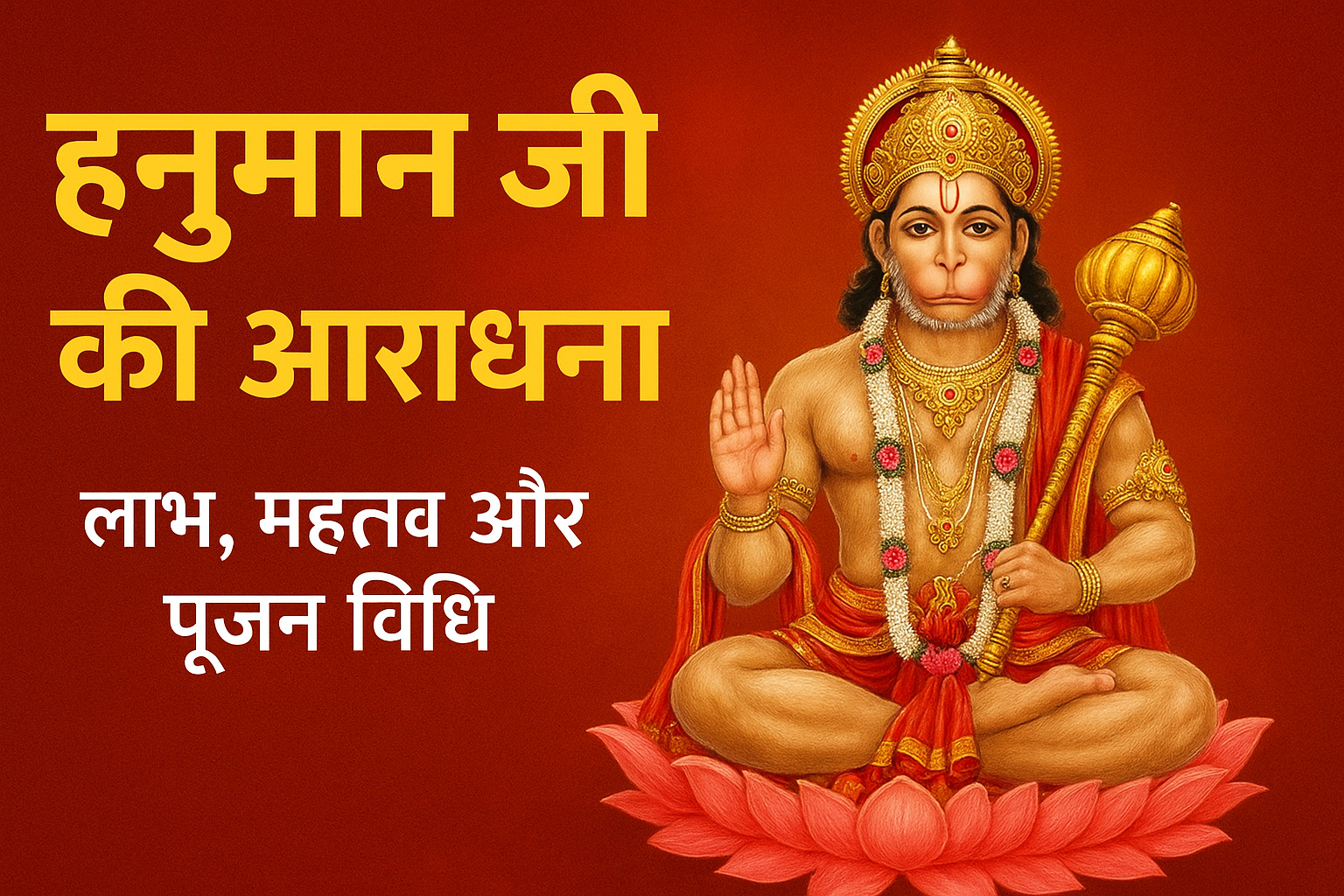


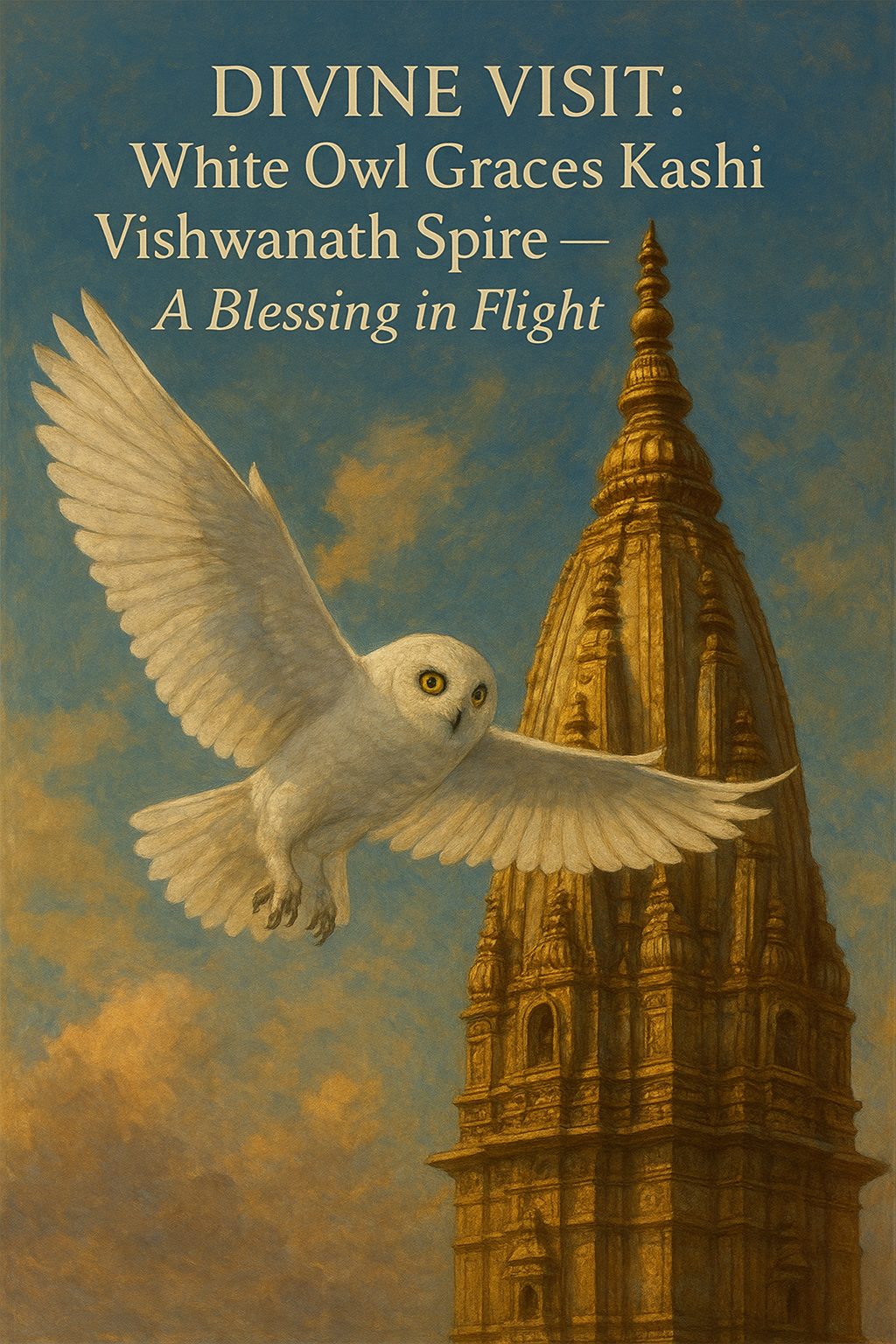
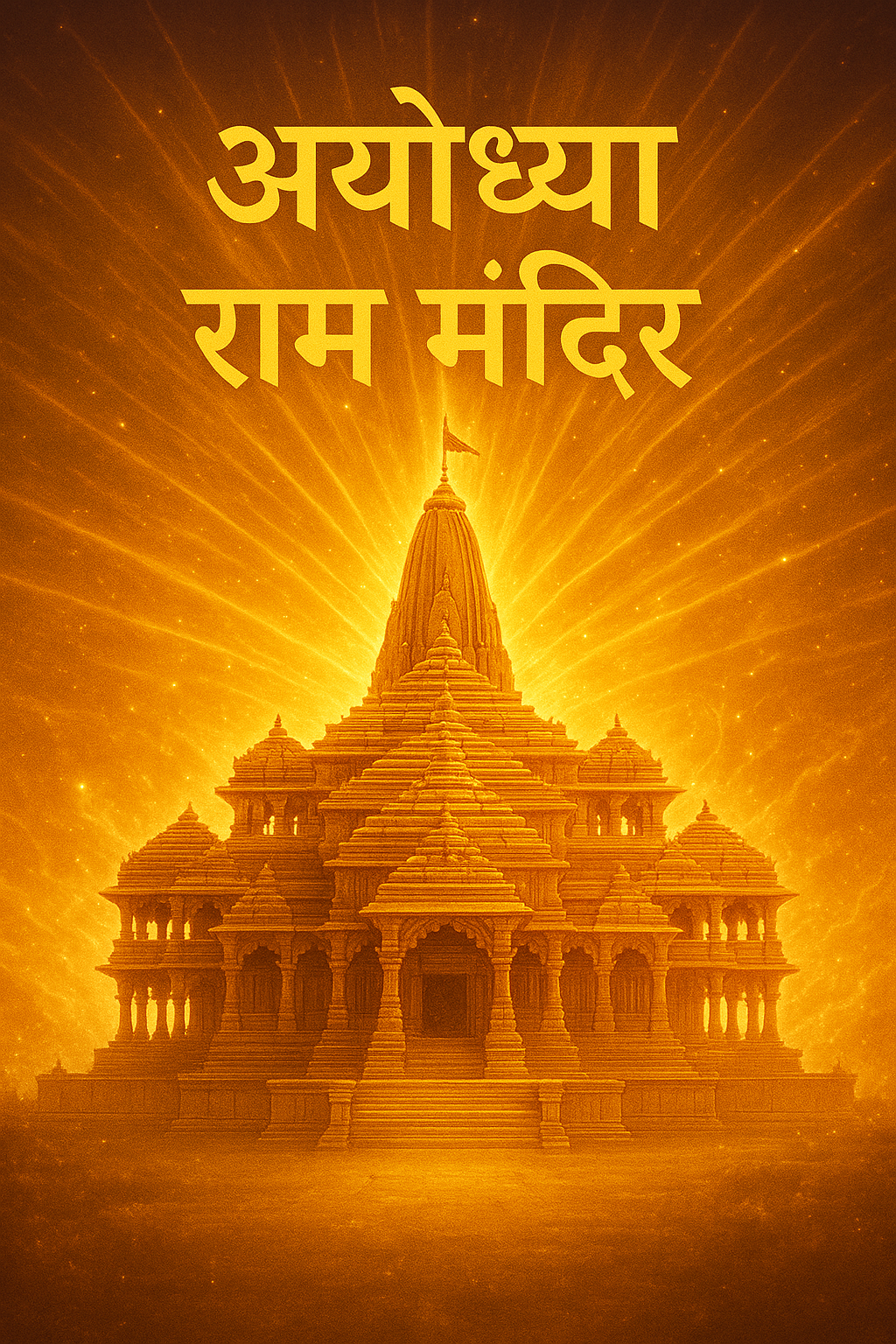



Leave a Reply